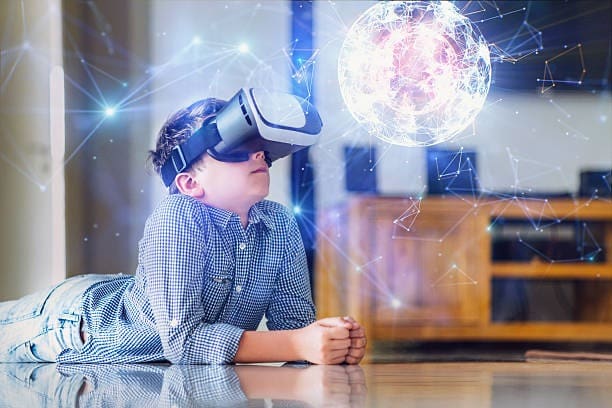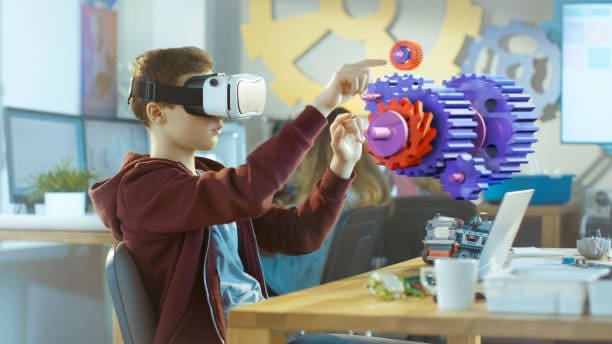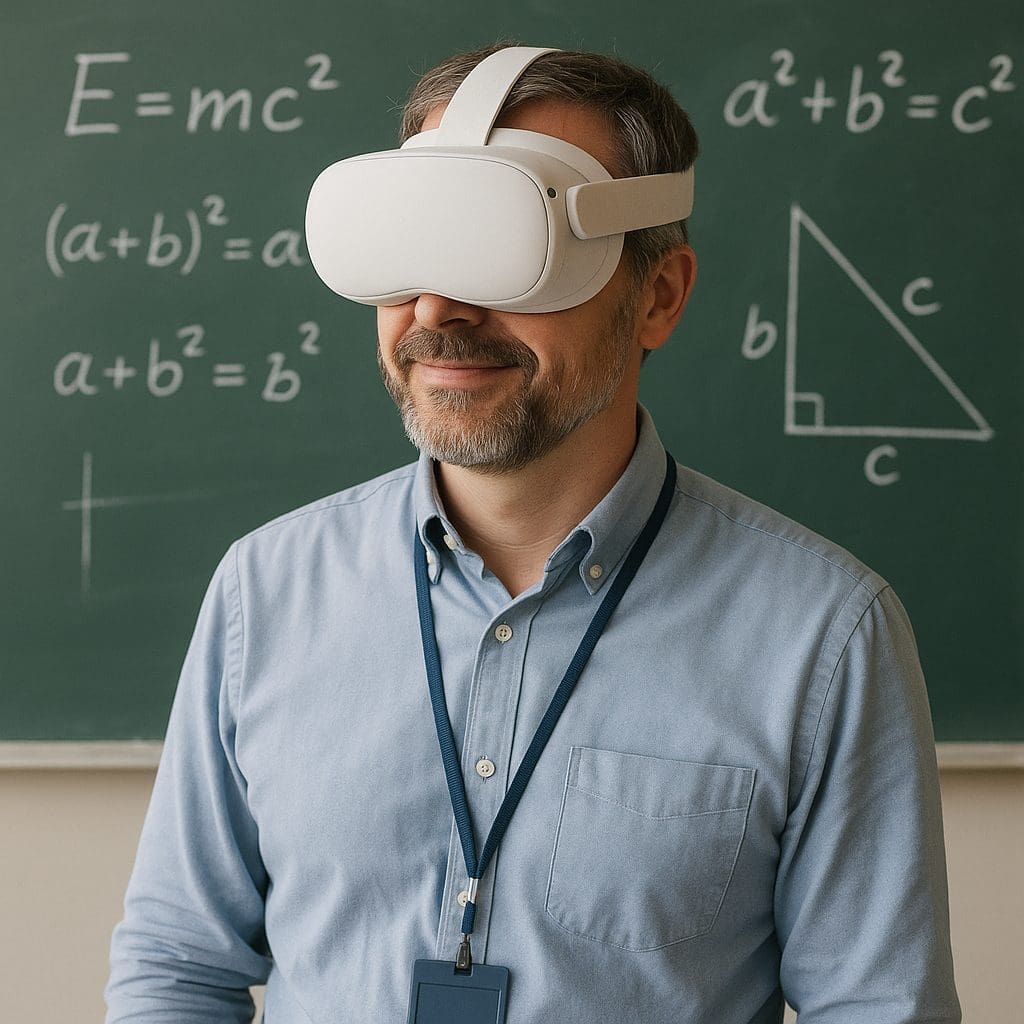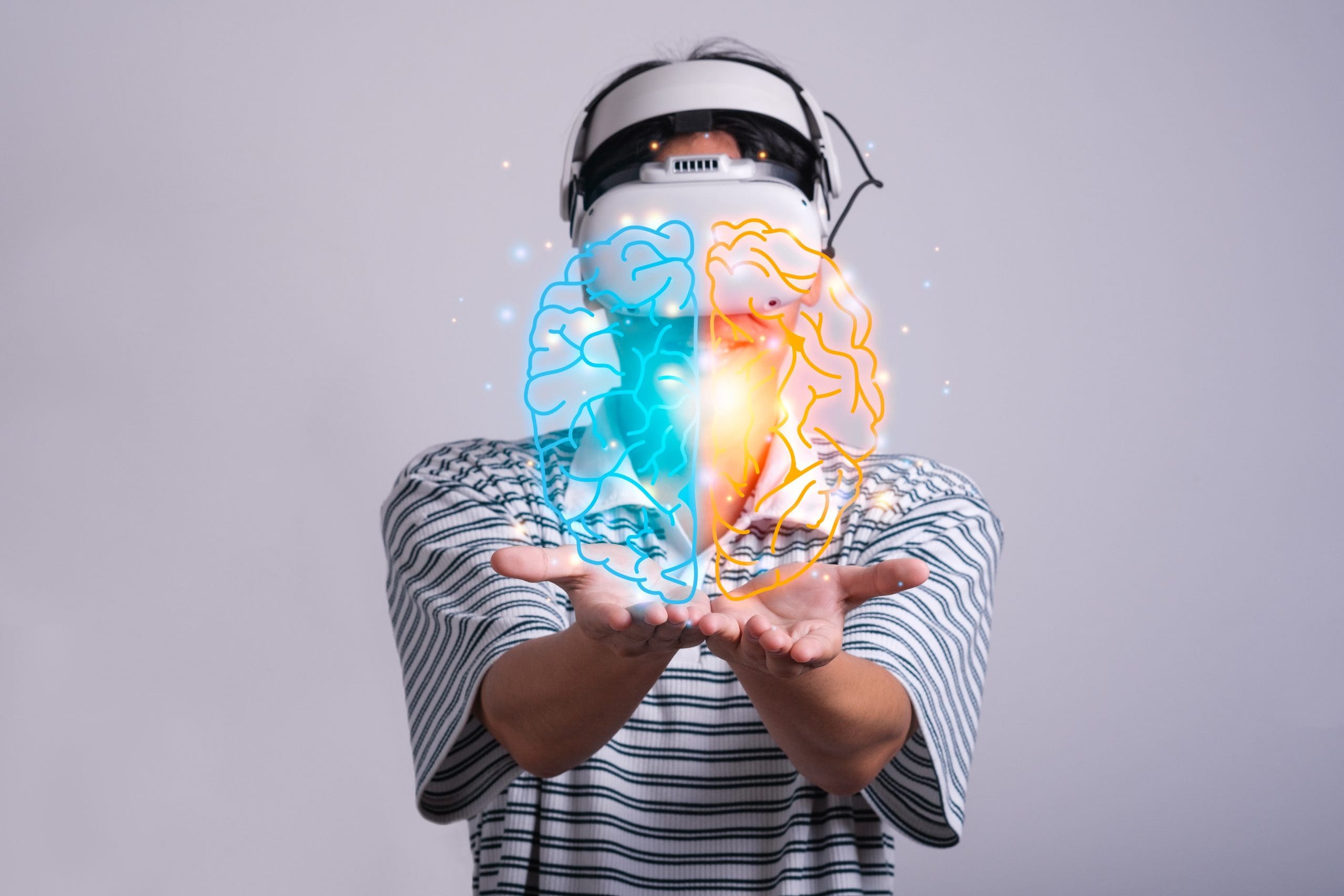
In today’s digital world, K-12 students face unique challenges when it comes to social and emotional learning (SEL). Schools are increasingly turning to innovative solutions to help students develop essential life skills such as empathy, self-awareness, and responsible decision-making. One of the most promising advancements in education technology is Virtual Reality (VR). By immersing students in interactive experiences, VR offers an engaging and impactful way to support SEL in ways that traditional methods often cannot.
What is Social and Emotional Learning (SEL)?
SEL is the process of developing self-awareness, self-control, interpersonal skills, and emotional intelligence. These skills are critical for success in school, work, and personal relationships. The Collaborative for Academic, Social, and Emotional Learning (CASEL) outlines five key competencies of SEL:
- Self-awareness – Understanding one’s emotions, thoughts, and values.
- Self-management – Regulating emotions and behaviors to achieve goals.
- Social awareness – Understanding and empathizing with others.
- Relationship skills – Building and maintaining healthy relationships.
- Responsible decision-making – Making ethical and constructive choices.
VR has the potential to enhance each of these competencies by placing students in immersive, interactive environments where they can practice and refine their SEL skills in real-world scenarios tailored for their developmental stages.
How VR Enhances Social and Emotional Learning in K-12 Students
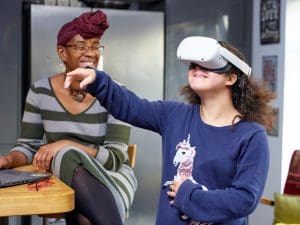 1. Encouraging Empathy Through Immersive Experiences
1. Encouraging Empathy Through Immersive Experiences
One of the most powerful aspects of VR is its ability to place students in another person’s shoes. Through immersive storytelling and role-playing experiences, students can gain a deeper understanding of different perspectives. For example, VR simulations can allow elementary and middle school students to experience life as someone from a different background, culture, or ability level, fostering a greater sense of empathy and social awareness.
2. Building Emotional Regulation Skills
VR can provide safe environments where K-12 students can practice managing their emotions. For example, mindfulness and meditation VR applications can help students learn breathing techniques, stress reduction strategies, and emotional self-regulation methods. This can be particularly beneficial for younger students who struggle with emotional outbursts or older students managing academic pressures.
3. Developing Conflict Resolution and Communication Skills
Interpersonal skills such as active listening, conflict resolution, and effective communication are crucial for SEL. VR-based role-playing scenarios can place students in realistic situations where they must navigate conflicts, express themselves clearly, and collaborate with others to find solutions. These experiences help elementary and high school students gain confidence and refine their ability to handle real-world interactions in school settings.
4. Teaching Responsible Decision-Making in Real-World Scenarios
Through VR simulations, K-12 students can explore the consequences of their choices in a safe environment. For example, a VR program may simulate peer pressure situations, cyberbullying incidents, or ethical dilemmas, allowing students to make decisions and see the results of their actions in a controlled, educational setting. This helps students develop critical thinking skills and a deeper understanding of responsible decision-making at each stage of their development.
5. Creating Safe Spaces for Social Interaction
For students who struggle with social interactions due to anxiety, neurodiversity, or other challenges, VR can serve as a bridge to social engagement. Virtual social environments provide a safe and controlled space where elementary, middle, and high school students can practice interacting with others, improving their social confidence before engaging in real-world settings such as classrooms, group projects, and extracurricular activities.
The Future of VR in SEL for K-12 Education
As VR technology continues to evolve, its applications in K-12 education and SEL will expand. Schools and educators who integrate VR into their SEL programs can provide students with unique opportunities to develop critical life skills in engaging, meaningful ways. Whether through role-playing, mindfulness exercises, or real-world decision-making scenarios, VR has the power to transform the way students learn and grow emotionally and socially.
By embracing VR as a tool for SEL, K-12 educators can prepare students for a future where emotional intelligence is just as important as academic achievement. As more research and development take place in this field, the potential for VR to revolutionize social and emotional learning is limitless.


